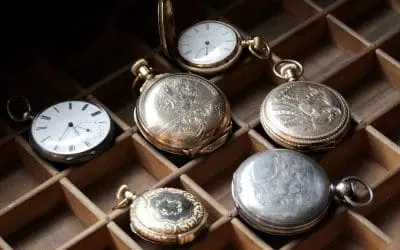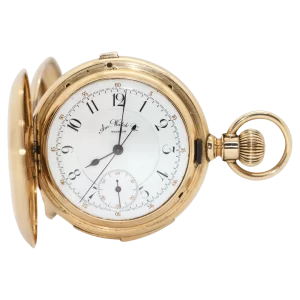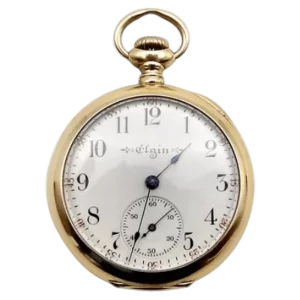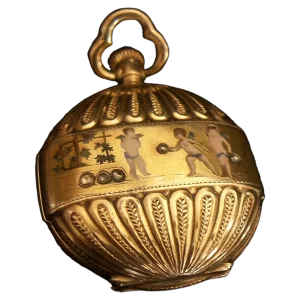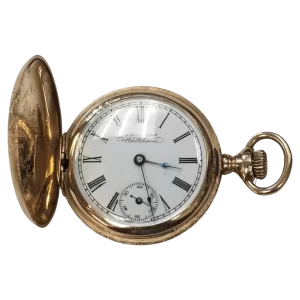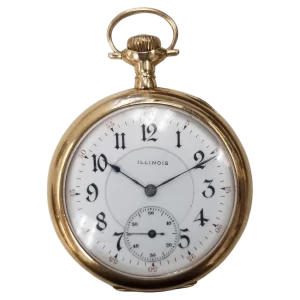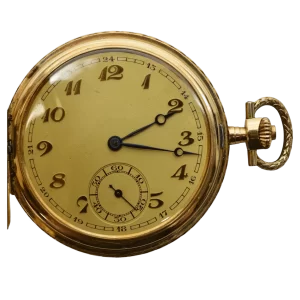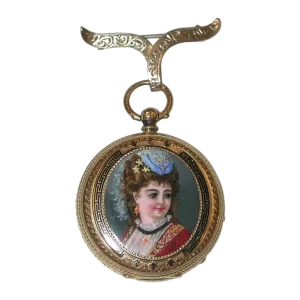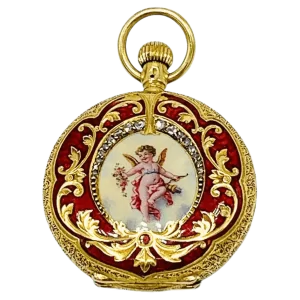Pocket watches are an important part of horological history. One such watch that has gained recognition for its unique features is the Verge Fusee pocket watch. In this blog post, we will explore the history and heritage of the Verge Fusee pocket watch.
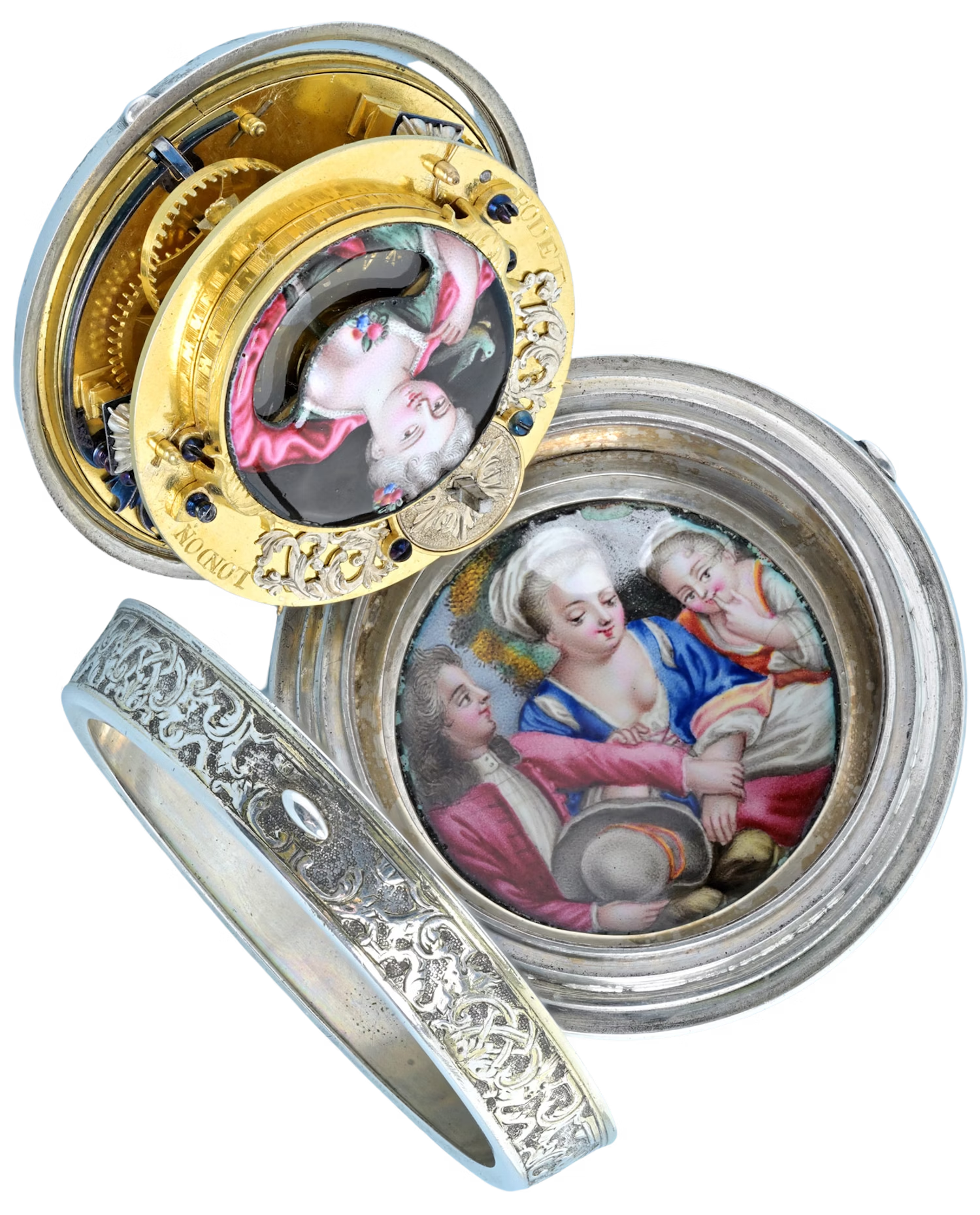
What is a Verge Fusee Pocket Watch?
A verge fusee pocket watch is a type of mechanical timepiece that was first introduced in the 1600s. It was widely used by wealthy individuals in Europe during the 17th and 18th centuries until it was replaced by other types of watches in the 19th century.
The verge fusee pocket watch is known for its unique design, which includes a verge escapement, a chain-driven fusee mechanism, and a balance wheel. These components work together to ensure accurate timekeeping.
The History of the Verge Fusee Pocket Watch
The history of the verge fusee pocket watch dates back to the early 1600s when Peter Henlein invented the first portable timepiece. However, it wasn’t until later in the century that watches with verge escapements were developed.
During the 17th century, French watchmakers began experimenting with different mechanisms to improve accuracy and reliability. One such mechanism was the chain-driven fusee, which helped regulate power output from the mainspring to provide constant torque to keep accurate time.
By the end of the 18th century, pocket watches had become more common among wealthy individuals in Europe. The introduction of mass production techniques made it possible for more people to own these timepieces.
The Design and Features of a Verge Fusee Pocket Watch
A typical verge fusee pocket watch features several key components that work together to ensure accurate timekeeping. These include:
The Verge Escapement
The verge escapement is one of the oldest forms of escapement used in mechanical watches. It consists of a balance wheel, hairspring, and pallets that work together to regulate the movement of the watch.
The Chain-Driven Fusee
The chain-driven fusee is a mechanism that regulates the power output from the mainspring. This ensures that the watch runs at a constant rate and provides accurate timekeeping.
The Balance Wheel
The balance wheel is responsible for keeping accurate time by oscillating back and forth at a regular rate. It works together with the hairspring to provide a stable timekeeping platform.
Collecting Verge Fusee Pocket Watches
Verge fusee pocket watches are highly sought after by collectors due to their unique design and historical significance. However, these watches can be difficult to find in good condition because they are so old.
When collecting verge fusee pocket watches, it’s important to consider factors such as age, condition, rarity, and provenance. Watches with original parts and in good working order will typically command higher prices on the market.
Repairing Verge Fusee Pocket Watches
Repairing verge fusee pocket watches can be challenging because many of these watches are so old. However, there are still skilled watchmakers who specialize in repairing antique timepieces.
When repairing verge fusee pocket watches, it’s important to use original parts whenever possible. This helps preserve the historical integrity of these timepieces.
Conclusion
The Verge Fusee pocket watch is an important part of horological history due to its unique design and features. Though it may no longer be used today as a functional tool for telling time, its historical significance remains undeniable.
As collectors continue to seek out these rare timepieces, we can appreciate their place in history and admire their beauty through careful preservation and restoration efforts.


